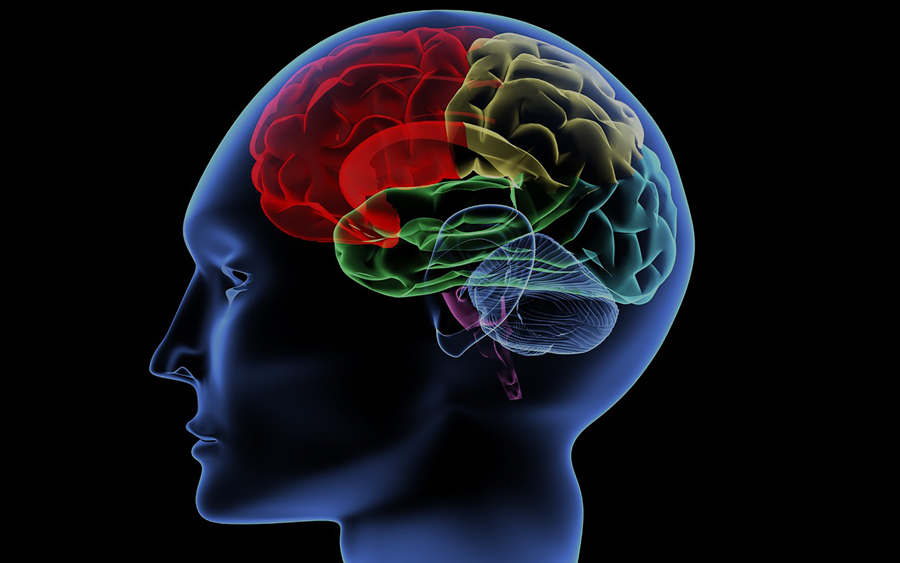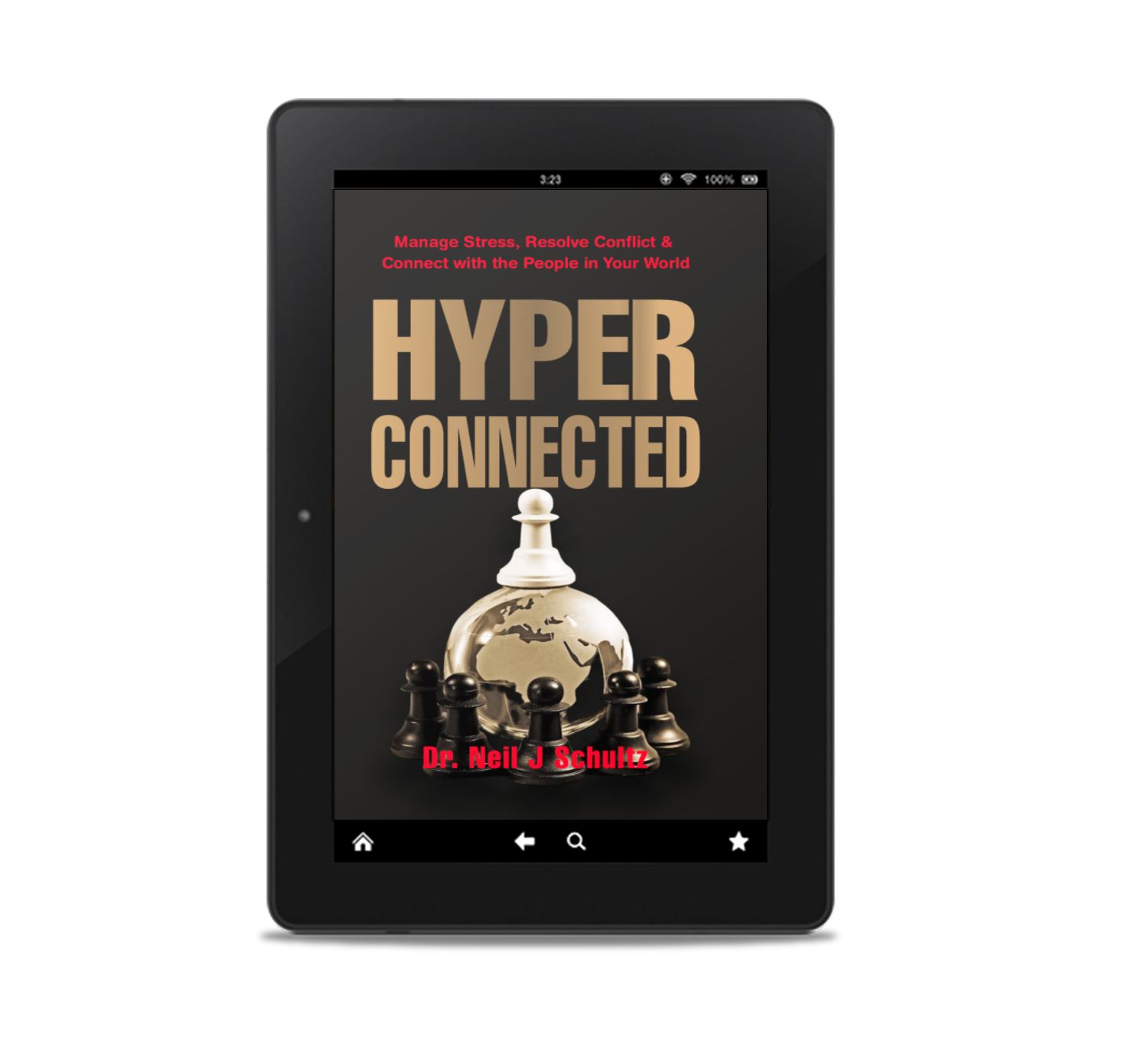Intrusive thoughts can be distressing and overwhelming and cause individuals to feel trapped in a cycle of negative thinking. Fortunately, there are strategies that can help manage and alleviate the impact of these intrusive thoughts. This article aims to provide a comprehensive guide to assist individuals in overcoming intrusive thoughts, offering practical strategies rooted in cognitive-behavioural principles and mindfulness techniques.
Understanding Intrusive Thoughts
Before delving into the strategies, it is crucial to understanding of what intrusive thoughts are and their prevalence. Intrusive thoughts are unwelcome, involuntary thoughts, images, or impulses that occur spontaneously, often causing distress or anxiety. Research suggests that up to 94% of individuals experience intrusive thoughts at some point in their lives, with varying degrees of severity[1].
In the workplace, intrusive thoughts pose challenges. They are disruptive and can impact an individual’s functioning and well-being. In the workplace, intrusive thoughts create a number of challenges:
- Distraction and decreased focus: Intrusive thoughts are, by their nature, intrusive and persistent, making it difficult for individuals to concentrate on their work tasks. The constant stream of unwanted thoughts can interrupt workflow and lead to decreased productivity[2].
- Increased anxiety and stress: Intrusive thoughts are often associated with anxiety and distress. When these thoughts arise in the workplace, individuals experience heightened levels of stress, affecting overall well-being and their ability to handle job-related responsibilities is diminished[3].
- Impaired decision-making and problem-solving: Intrusive thoughts cloud judgment and hinder decision-making. When individuals are preoccupied with unwanted thoughts, it becomes challenging to think clearly and make sound decisions, potentially impacting performance and outcomes[4].
- Negative impact on relationships and collaboration: Intrusive thoughts can affect interpersonal dynamics. Individuals may become withdrawn, avoid social interactions, or struggle with communication, leading to strained relationships with colleagues and a decrease in teamwork and collaboration[5].
- Decreased job satisfaction and engagement: Persistent intrusive thoughts can dampen an individual’s overall job satisfaction and engagement. When thoughts of worry, fear, or distress dominate one’s mind, it becomes challenging to find enjoyment in work tasks or feel motivated to perform at their best[6].
- When intrusive thoughts are prompted by conflict: In some situations, intrusive thoughts are prompted by a conflict in the workplace. When this occurs, intrusive thoughts will have a marked impact on the person’s ability to interact with the other party, or even the department or enterprise they work in. Sometimes, these events can create enough disharmony that the employee resigns, or a workplace compensation claim is started.
Addressing intrusive thoughts in the workplace is important to create a supportive and conducive environment for employees’ well-being and productivity. Implementing strategies to manage intrusive thoughts, fostering open communication, and providing access to mental health resources can help individuals navigate these challenges and thrive in their professional roles.
Strategies for Managing Intrusive Thoughts
Education and awareness
By educating individuals about intrusive thoughts and their common occurrence, they develop a broader perspective. Understanding that these thoughts are a product of the mind’s function can help reduce self-blame and guilt. Research has shown that psychoeducation about intrusive thoughts can lead to decreased distress and improved coping[7].
Mindfulness and meditation
Mindfulness techniques enable individuals to observe their thoughts without judgment. Practices such as meditation cultivate present-moment awareness, fostering resilience against intrusive thoughts. Studies have found that mindfulness-based interventions can reduce the frequency and severity of intrusive thoughts[8].
Cognitive Behavioural Therapy (CBT)
Seeking therapy with a trained professional experienced in CBT techniques can be highly beneficial. CBT helps individuals identify and challenge negative thought patterns, replacing them with more balanced and realistic thinking. Multiple studies have demonstrated the effectiveness of CBT in reducing intrusive thoughts and associated distress[9],[10].
Thought-Stopping Techniques
Individuals can learn to recognize when intrusive thoughts arise and employ a mental cue or physical action to interrupt and redirect their thinking. This technique empowers individuals to regain control over their thought processes. The thought-stopping technique has been utilized in cognitive-behavioural interventions and has shown promising results in reducing intrusive thoughts[11].
Acceptance and Self-Compassion
Encouraging self-compassion is crucial for individuals dealing with intrusive thoughts. Remind them that experiencing these thoughts does not define their worth, and self-acceptance can alleviate the distress associated with them. Studies have shown that self-compassion interventions can reduce anxiety and increase psychological well-being[12].
Engaging in Healthy Distractions
Encourage individuals to engage in activities they enjoy and find meaningful. Immersion in positive experiences can redirect their focus away from intrusive thoughts and provide a healthy outlet for their energy. Engaging in pleasurable activities has been found to be an effective coping strategy for managing intrusive thoughts[13].
Creating a Support Network
Building a support system of trusted friends, family members, or support groups can provide individuals with understanding, empathy, and reassurance. Sharing experiences and seeking support can ease the burden of intrusive thoughts. Research has shown that social support plays a crucial role in coping with intrusive thoughts[14].
Regular Exercise and Relaxation Techniques
Physical exercise and relaxation techniques such as deep breathing, progressive muscle relaxation, or yoga can help reduce anxiety and provide a sense of calm, reducing the frequency and intensity of intrusive thoughts. Numerous studies have highlighted the positive effects of exercise and relaxation techniques on reducing intrusive thoughts and associated distress[15],[16].
Journaling
Encourage individuals to maintain a journal where they can express their intrusive thoughts. This activity provides an outlet for their thoughts and emotions while creating distance and perspective from them. Journaling has been found to be an effective tool in processing and managing intrusive thoughts[17].
Conflict Management
When intrusive thoughts have been caused by conflict, it makes sense to try and resolve the conflict. This might sound easy on the surface, but conflict that has bee complicated by intrusive thoughts can be more difficult than usual to resolve. This is often because the intrusive thoughts themselves are playing a role in maintaining the conflict. This may be assisted with the help of a professional mediator who sets out to not take sides and understands the implications of intrusive thoughts.
Seeking Professional Help
If intrusive thoughts cause significant distress or impair daily functioning, it is essential to encourage individuals to seek professional help from a mental health provider. Professional guidance can offer tailored strategies and support specific to their needs. Trained therapists can provide evidence-based interventions like CBT, exposure and response prevention (ERP), or acceptance and commitment therapy (ACT) to address intrusive thoughts effectively.
Closing Thoughts
Intrusive thoughts can be disruptive and distressing, but they do not have to dictate one’s quality of life. By utilizing the strategies discussed in this comprehensive guide, individuals can gain control over their thoughts, reduce anxiety, and find relief. Remember, it is important to consult with a mental health professional for personalized guidance and support, as they can provide additional strategies and interventions. With the right tools and support, individuals can navigate through intrusive thoughts and embark on a path towards improved mental well-being.
References
[1] Clark, D. A. (2004). Cognitive-behavioural therapy for obsessive-compulsive disorder. New York, NY: Guilford Press.
[2] Nolen-Hoeksema, S. (2000). The role of rumination in depressive disorders and mixed anxiety/depressive symptoms. Journal of Abnormal Psychology, 109(3), 504-511.
[3] Tull, M. T., & Roemer, L. (2007). Emotion regulation difficulties associated with the experience of uncued panic attacks: Evidence of experiential avoidance, emotional nonacceptance, and decreased emotional clarity. Behavior Therapy, 38(4), 378-391.
[4] Öhman, A., Flykt, A., & Esteves, F. (2001). Emotion drives attention: Detecting the snake in the grass. Journal of Experimental Psychology: General, 130(3), 466-478.
[5] Thompson, E. R., & Phua, F. T. T. (2012). A brief index of affective job satisfaction. Group & Organization Management, 37(3), 275-307.
[6] Bakker, A. B., Demerouti, E., & Verbeke, W. (2004). Using the job demands-resources model to predict burnout and performance. Human Resource Management, 43(1), 83-104.
[7] Clark, D. A., & Purdon, C. (1993). The assessment of unwanted intrusive thoughts: A review and critique of the literature. Behaviour Research and Therapy, 31(4), 383-394.
[8] Hoge, E. A., Bui, E., Marques, L., Metcalf, C. A., Morris, L. K., Robinaugh, D. J., … & Simon, N. M. (2017). Randomized controlled trial of mindfulness meditation for generalized anxiety disorder: Effects on anxiety and stress reactivity. Journal of Clinical Psychiatry, 78(8), e734-e741.
[9] Abramowitz, J. S., Tolin, D. F., & Street, G. P. (2013). Paradoxical effects of thought suppression: A meta-analysis of controlled studies. Clinical Psychology Review, 33(7), 1012-1022.
[10] Rachman, S. (1997). A cognitive theory of obsessions. Behaviour Research and Therapy, 35(9), 793-802.
[11] Clark, D. A., & Purdon, C. (1993). The assessment of unwanted intrusive thoughts: A review and critique of the literature. Behaviour Research and Therapy, 31(4), 383-394.
[12] Neff, K. D., & Germer, C. K. (2013). A pilot study and randomized controlled trial of the mindful self-compassion program. Journal of Clinical Psychology, 69(1), 28-44.
[13] Kleim, B., Grayson, M., & Costa, D. S. J. (2016). Healthy and unhealthy beliefs about distressing intrusions in psychosis: A systematic review and narrative synthesis of the literature. Clinical Psychology and Psychotherapy, 23(5), 469-485.
[14] Yorulmaz, O., Kocaman, N., & Aslantaş, Ertekin, B. (2018). Psychological trauma and perceived social support: Identifying support types, trauma variables, and their relationship. Journal of Loss and Trauma, 23(4), 321-334.
[15] Bremner, J. D., Bolus, R., Mayer, E. A., & Watanabe, M. (2017). Exercise as a treatment for PTSD. Journal of Clinical Psychology in Medical Settings, 24(1), 36-39.
[16] Roemer, L., Orsillo, S. M., & Salters-Ped
[17] Smyth, J. M., Stone, A. A., Hurewitz, A., & Kaell, A. (2001). Effects of writing about stressful experiences on symptom reduction in patients with asthma or rheumatoid arthritis: A randomized trial. JAMA, 281(14), 1304-1309.
Dr Schultz spent 22 years working in psychiatry and then went on to qualify as a lawyer. He has spent 34 years helping people solve problems and the unique combination of medicine, psychiatry, law and mediation provides a unique academic and practical approach to life's challenges.
-
Dr Neil Schultzhttps://www.schward.consulting/author/drneiljschultz1963/
-
Dr Neil Schultzhttps://www.schward.consulting/author/drneiljschultz1963/
-
Dr Neil Schultzhttps://www.schward.consulting/author/drneiljschultz1963/
-
Dr Neil Schultzhttps://www.schward.consulting/author/drneiljschultz1963/








